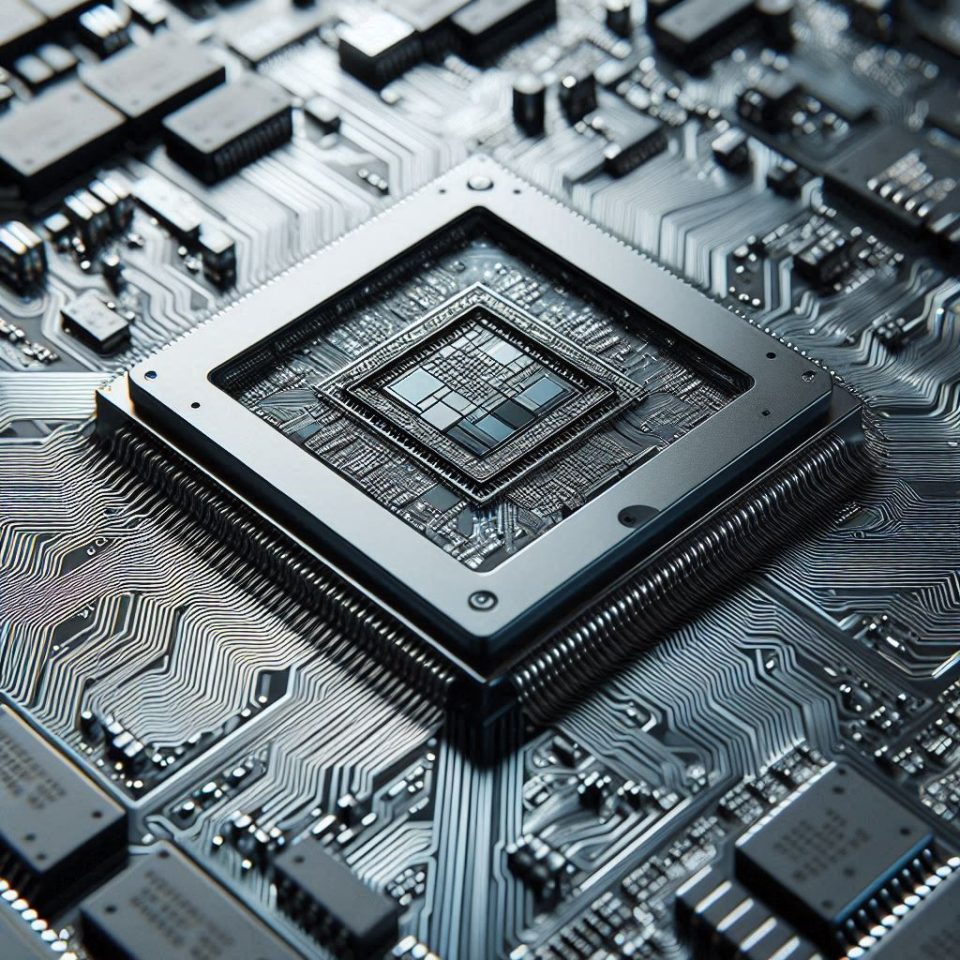A Strategic Move to Enhance AI Portfolio
AMD Spends $4.9 Billion in Acquisition – In a landmark deal aimed at expanding its foothold in the artificial intelligence (AI) sector, AMD has announced its plans to acquire server manufacturer ZT Systems for a substantial $4.9 billion. This acquisition represents a strategic effort by AMD to enhance its portfolio of AI chips and hardware, positioning itself as a formidable competitor to industry leader Nvidia.
The acquisition will be financed with 75% of the cost covered in cash and the remaining 25% in AMD stock. As of the second quarter, AMD reported holding $5.34 billion in cash and short-term investments, providing a solid financial foundation for this significant investment.
The Role of Server Systems in AI
The rapidly evolving AI landscape demands immense computational power, often requiring the deployment of thousands of chips in data processing clusters. This massive computational need underscores the importance of server systems, which is a key reason behind AMD’s strategic move to acquire ZT Systems. The integration of ZT Systems’ server expertise is expected to streamline AMD’s ability to handle the demanding workloads of AI applications.
Market Reaction and Financial Implications
Following the announcement, AMD’s shares saw a notable increase in premarket trading, rising approximately 3%. This positive market reaction reflects investor confidence in AMD’s strategy to strengthen its AI capabilities and market position.
In an interview with Reuters, AMD CEO Lisa Su emphasized the importance of AI in the company’s strategic vision. “AI systems are our number one strategic priority,” Su stated, highlighting the company’s commitment to advancing its AI technology.
AMD Spends $4.9 Billion in Acquisition – Enhancing AI Capabilities with ZT Systems
The acquisition of ZT Systems is anticipated to bring significant advantages to AMD. Su detailed that the integration of ZT Systems’ engineering team will accelerate the testing and deployment of AMD’s latest AI graphics processing units (GPUs). This enhancement is crucial for meeting the scale of demand from major cloud computing players like Microsoft. “The main way ZT Systems is additive to the company is we sell more GPUs,” Su explained.
Future Plans and Separations
In conjunction with the acquisition, AMD plans to separate its server manufacturing business, with intentions to sell it after the acquisition is finalized. This decision reflects AMD’s focus on not competing directly with established server manufacturers like Super Micro Computer.
ZT Systems, a privately held entity, currently employs around 2,500 people. AMD plans to retain approximately 1,000 engineers from ZT Systems, ensuring continuity and expertise in its AI hardware development. The company generates annual revenues of about $10 billion, contributing to its robust market presence.
AMD Spends $4.9 Billion in Acquisition – Transaction Timeline and Financial Projections
The acquisition deal is expected to close in the first half of 2025. Following this, AMD will allocate an additional 12 to 18 months to complete the sale of its server manufacturing business. This timeline aligns with AMD’s strategic objectives and operational adjustments.
In comparison to Nvidia, which has expanded from chip design to creating and selling entire data centers, AMD’s move underscores a strategic push to compete more effectively in the AI hardware market. Nvidia’s data center segment, including AI hardware, is projected to generate $105.9 billion this year, highlighting the scale and significance of the market.
AMD Spends $4.9 Billion in Acquisition – AMD’s Revenue Outlook and Clientele
Looking ahead, AMD anticipates generating approximately $4.5 billion in AI chip revenue for the current year. Key clients include major tech players such as Microsoft and Meta Platforms. The acquisition of ZT Systems is expected to positively impact AMD’s financial performance by the end of 2025, bolstering its position in the competitive AI landscape.
In summary, AMD’s acquisition of ZT Systems marks a significant strategic move to enhance its AI capabilities and market position. With a focus on integrating advanced server technology and expanding its hardware portfolio, AMD is poised to strengthen its competitive edge and drive growth in the rapidly evolving AI sector.

